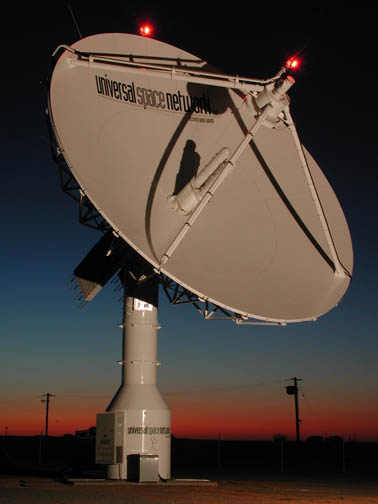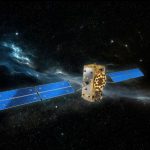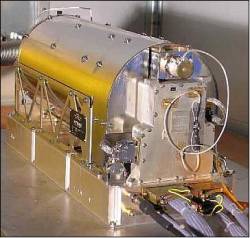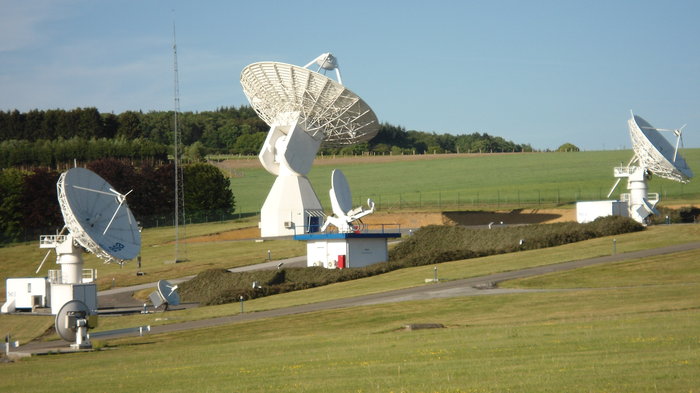Two Galileo satellites launched in 2014 by a Soyuz rocket into erroneous orbits, which had been briefly set healthy late last year, have now been removed from service. The change stems from the discovery that, while the vast majority of users obtained an improved positioning, some commercial receivers had difficulty with the satellites’ highly elliptical orbits, created by the malfunction in the Russian launch vehicle.
The European GNSS Agency (GSA) issued a Service Notice to Galileo Users (SNGU) on February 16:
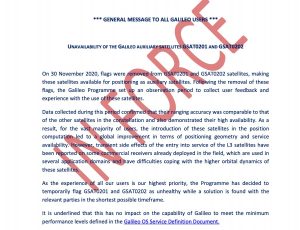
“On 30 November 2020, flags were removed from GSAT0201 and GSAT0202 satellites, making these satellites available for positioning as auxiliary satellites. Following the removal of these flags, the Galileo Programme set up an observation period to collect user feedback and experience with the use of these satellites.
“Data collected during this period confirmed that their ranging accuracy was comparable to that of the other satellites in the constellation and also demonstrated their high availability. As a result, for the vast majority of users, the introduction of these satellites in the position computation led to a global improvement in terms of positioning geometry and service availability. However, transient side effects of the entry into service of the L3 satellites have been reported on some commercial receivers already deployed in the field, which are used in several application domains and have difficulties coping with the higher orbital dynamics of these satellites.
“As the experience of all our users is our highest priority, the Programme has decided to temporarily flag GSAT0201 and GSAT0202 as unhealthy while a solution is found with the relevant parties in the shortest possible timeframe.
“It is underlined that this has no impact on the capability of Galileo to meet the minimum performance levels defined in the Galileo OS Service Definition Document.”
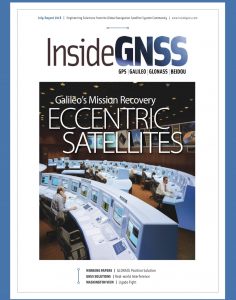
An in-depth cover story in Inside GNSS Aug/Sept 2018 by scientists at the European Space Agency described the intensive and ultimately successful effort to recover the failed launch. It explains how “Galileo satellites 5 and 6, which were almost considered lost, put under test the ingenuity of the many engineers involved in the recovery of this mission demonstrating the technical excellence and collaborations with experts from various institutions, space agencies and industrial partners.
“The third launch of the Galileo constellation took place on August 22, 2014 by Soyuz ST-Fregat vehicle from Europe’s Spaceport in French Guiana, carrying Europe’s fifth and sixth Galileo satellites. These were the first series being built by OHB System AG, the company selected to complete the Galileo constellation. Due to a malfunction of Soyuz Fregat upper stage, the satellites were injected into a lower and elliptical orbit instead of the planned circular orbit and with only one out of the two solar array wings deployed on both spacecraft.
“As a result, the satellites were left in non-nominal orbit leading to exposure to the Van Allen radiation belts, non-nominal operation of the Earth Sensors and insufficient fuel to correct the orbits entirely. The prospects for the mission were gloom to say the least, however very quickly, experts across European institutions, space agencies and industrial partners joined forces to recover the satellites and to investigate possible operational scenarios.
“What followed was the history of one of the most remarkable successes in the recovery of a failed launch. This success has already allowed to put these satellites in use for search and rescue services and for an ambitious test of Einstein’s General Theory of Relativity. This article is the first in a series on the extraordinary journey of Galileo satellites 5 and 6 from launch to mission recovery and exploitation. Ultimately, the final stage will bring these satellites into service for navigation usage.”


